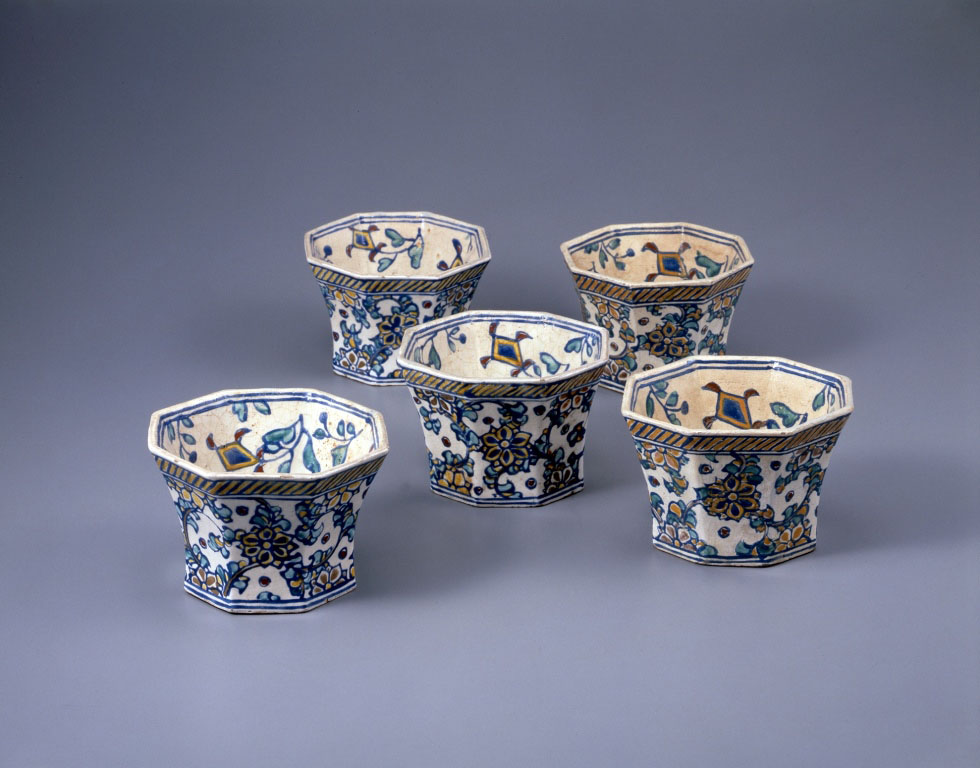A common misperception of sakoku, Japan's closed-door isolation policy gradually enacted from 1633 by Tokugawa Iemitsu and his successors, is that Japan forsook the outside world.
The country was closed to Portuguese ships in 1639 until 1853. But trade was still carried out with the Dutch and Chinese on the Nagasaki island of Dejima, and relations were established with Korea via the Tsushima region and with China again through the Ryukyu Kingdom (today's Okinawa). Relations with the Ainu of Northern Japan, meanwhile, went through the Matsumae domain in Hokkaido. These were all windows onto the world, and the Miho Museum's exhibition "Edo Kaleidoscope: Sarasa, Biidoro, Oranda" seeks to show the ways in which cultural homogeneity did not readily prevail in the Edo Period (1603-1868).
European contact was made when the Portuguese arrived in Kagoshima in 1543 and again when the Jesuit Francis Xavier arrived in Japan in 1549. The Dutch ship De Liefde arrived on the northern side of Kyushu in 1600. The Portuguese and Spanish were called the "Southern Barbarians," the Dutch the "Red Hairs."



















With your current subscription plan you can comment on stories. However, before writing your first comment, please create a display name in the Profile section of your subscriber account page.